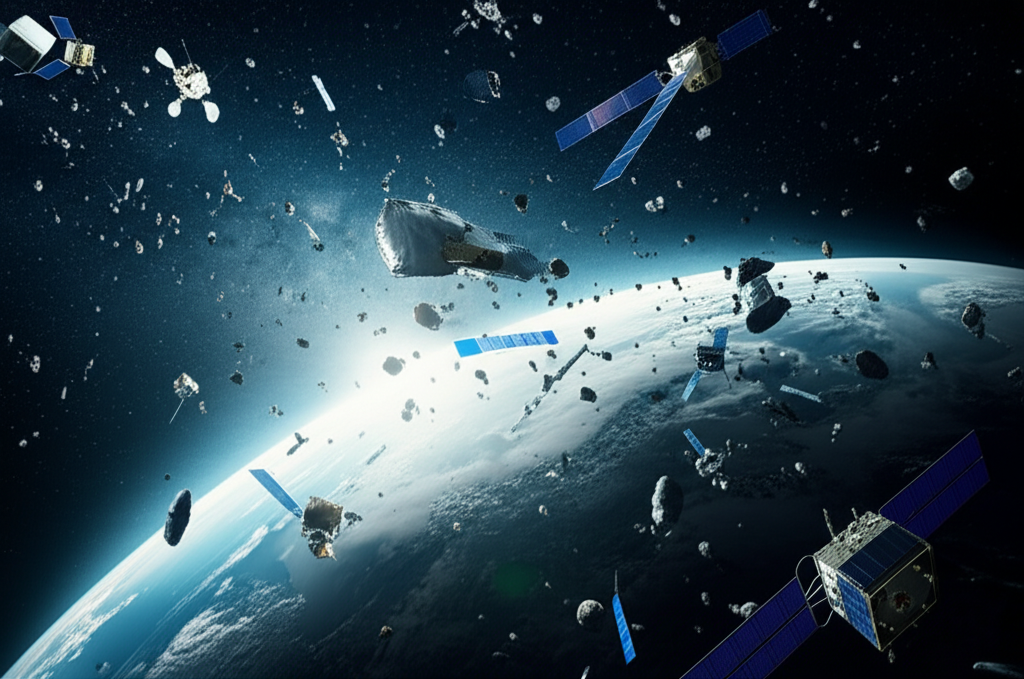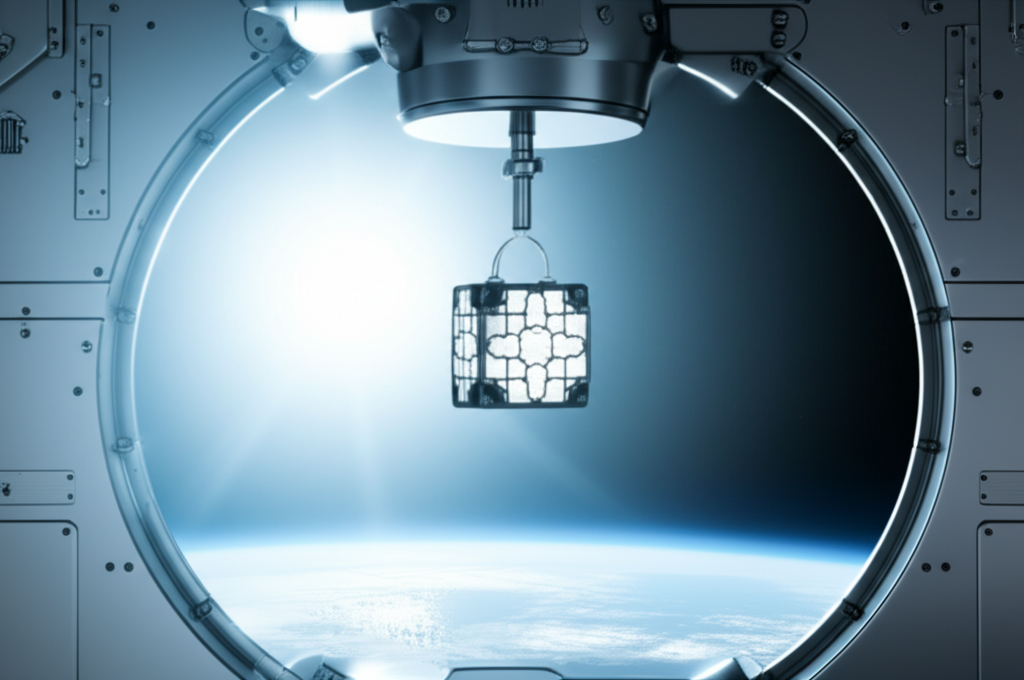
Introduction to Space Debris
Space debris poses a significant threat to operational satellites and future space activities. This tutorial explains what space debris is, how it's generated, the risks it presents (e.g., Kessler Syndrome), methods for tracking debris, and mitigation strategies including design for demise, deorbit systems, and international guidelines.
Watch the Tutorial
Tutorial Content
What is Space Debris?
Also known as orbital debris or space junk, it includes any man-made object orbiting Earth that no longer serves a useful function. This can range from entire defunct satellites and spent rocket stages to tiny flecks of paint.
The Danger of Orbital Speeds
In Low Earth Orbit (LEO), objects travel at speeds of ~7.8 km/s (~17,500 mph). At these velocities, even a tiny object can cause catastrophic damage to an operational satellite.
Mitigation and Responsibility
To ensure the long-term sustainability of space, international guidelines have been established. A key rule is the "25-Year Rule".
The 25-Year Deorbit Guideline
Satellite operators should ensure that their satellites are de-orbited (i.e., re-enter and burn up in the atmosphere) within 25 years after their mission is complete. This prevents the accumulation of new, large pieces of debris.

